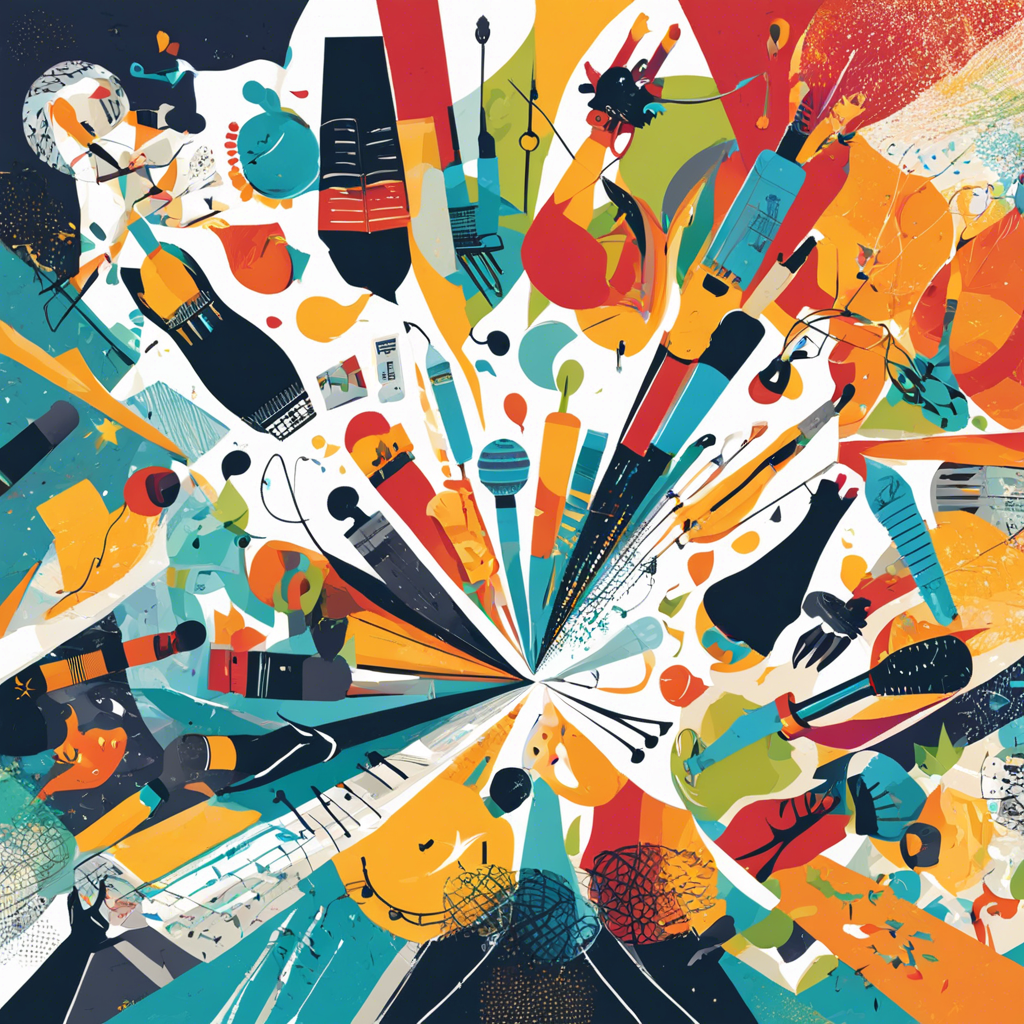Exploring the benefits of integrating arts into education and its positive impact on student outcomes.
The concept of arts integration in education has been gaining popularity as a means to enhance student learning and overall academic achievement. But what exactly does it entail, and why is it so effective? Arts integration involves seamlessly blending artistic disciplines, such as visual arts, music, drama, and dance, into traditional academic subjects like math, science, language arts, and social studies. This approach aims to create a rich, engaging, and holistic learning environment that caters to a wide range of learning styles and intelligences.
Numerous studies have demonstrated the positive impact of arts integration on student outcomes. For instance, a study conducted by the Education Week Research Center found that schools with a strong focus on arts integration had higher student achievement in math and reading compared to schools without such programs. This article delves into the various aspects of arts integration, its benefits, and its potential to revolutionize the way we approach education.
The Power of Arts Integration
Arts integration is more than just adding artistic activities to the curriculum; it’s about making meaningful connections between the arts and academics to deepen understanding and foster creativity.
Enhancing Engagement and Motivation
One of the most significant advantages of arts integration is its ability to capture students’ attention and spark their enthusiasm. When students are engaged in artistic activities, they are more likely to be intrinsically motivated to learn. For example, a project-based learning approach that integrates art and history can bring historical events to life, making learning more meaningful and memorable.
Developing 21st-Century Skills
Arts integration encourages the development of essential skills for the 21st century, such as critical thinking, collaboration, and communication. When students participate in collaborative art projects, they learn to work together, share ideas, and provide constructive feedback. These skills are highly valued in today’s job market and are crucial for success in a rapidly changing world.
A Multidisciplinary Approach
Integrating the arts across disciplines allows students to make connections between seemingly unrelated subjects. For instance, a dance routine can help students understand the concept of gravity in physics, or a painting can illustrate the cultural significance of a historical event. This interdisciplinary approach fosters a deeper understanding of complex topics and encourages creative problem-solving.
The Research Speaks for Itself
Various research studies have confirmed the positive effects of arts integration on student achievement. For instance, a review of over 200 studies by the International Journal of Education and the Arts concluded that arts integration improved student performance in both arts and non-arts subjects. Another study by the President’s Committee on the Arts and Humanities found that students in arts-integrated schools outperformed their peers in reading and math.
Benefits for Diverse Learners
Arts integration has proven particularly beneficial for students with diverse learning needs. English language learners, students with special needs, and those from low-income families have all shown significant gains in academic performance when exposed to arts-integrated instruction. The hands-on nature of arts education provides these students with an alternative means of expression and communication, fostering their confidence and engagement.
FAQs
How can schools implement arts integration effectively?
Successful arts integration requires collaboration between arts specialists and classroom teachers. Professional development opportunities can help educators learn strategies for integrating the arts into their curricula. Schools can also partner with local arts organizations and artists to provide rich, authentic learning experiences.
What are some practical examples of arts integration in the classroom?
Teachers can incorporate arts integration in various ways. For instance, in a science class, students could create a comic strip to illustrate the process of photosynthesis. In social studies, students might dramatize a historical event or create a mural representing a particular culture. In math, students can explore geometric concepts through dance choreography or create visual representations of mathematical concepts.
Conclusion
Integrating the arts into education is a powerful approach that can significantly enhance student learning and achievement. By engaging multiple intelligences and fostering creativity, arts integration provides students with a well-rounded education that prepares them for the challenges of the 21st century. As research continues to demonstrate its effectiveness, educators and policymakers should consider implementing arts-integrated practices to create more vibrant and inclusive learning environments.
Suggested External Links:
1. Edutopia: Arts Integration: A Research-Based Approach to Teaching and Learning
2. Education Week: Arts Integration Leads to Deeper Learning and Higher Achievement
3. Arts Education Partnership: Critical Links: Learning in the Arts and Student Academic and Social Development
